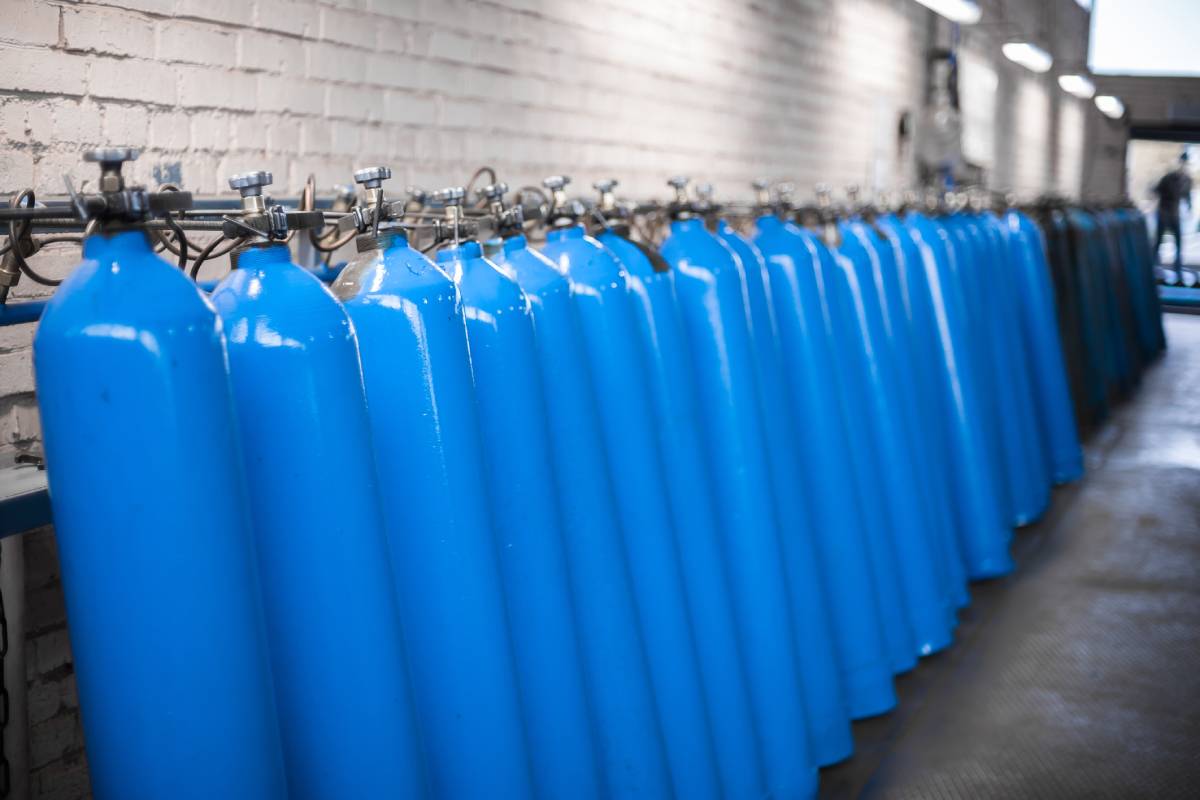Production Cost of Volatile Anesthetics

Volatile anesthetics play a crucial role in modern surgical procedures, offering reliable and reversible anesthesia for patients undergoing surgery. However, there are multiple factors affecting their use, ranging from clinical efficacy to safety profile to production cost. The production cost of volatile anesthetics is a complex interplay of raw material expenses, manufacturing processes, regulatory requirements, and environmental considerations. Understanding these factors is key to managing healthcare costs and ensuring the availability of safe and effective anesthetic agents.
The first major cost driver in the production of volatile anesthetics is the raw materials used in their formulation. These anesthetic agents are typically synthesized through halogenation processes, in which hydrocarbon compounds are chemically altered by the addition of halogen elements such as fluorine, chlorine, or bromine. These halogens are critical for the anesthetics’ efficacy and stability, but they are also expensive to obtain and handle safely 1,2.
The manufacturing of volatile anesthetics is a highly specialized process, requiring advanced chemical engineering and quality control systems. State-of-the-art manufacturing facilities that produce volatile anesthetics involve sophisticated equipment for precision chemical reactions, distillation, and purification. These facilities are costly, often operating under strict sterile conditions, with numerous quality checks throughout the production cycle to ensure compliance with regulatory guidelines from agencies such as the U.S. Food and Drug Administration (FDA) or the European Medicines Agency (EMA) 3.
Volatile anesthetics have been scrutinized for their environmental impact, particularly their contribution to greenhouse gas emissions. Desflurane, for instance, has a global warming potential far higher than carbon dioxide, making its environmental footprint a concern for sustainability initiatives in healthcare. To reduce environmental impact, manufacturers are increasingly investing in more sustainable production methods and developing systems to capture and reduce the emission of volatile anesthetics during production and use, which increases production cost but with long-term benefits. Regulatory pressure to reduce emissions or transition to more environmentally friendly alternatives may lead to additional research and development expenses for companies producing volatile anesthetics 4,5.
The production cost of volatile anesthetics is also influenced by market demand and competition. While sevoflurane, isoflurane, and desflurane are widely used, the market for volatile anesthetics is relatively small compared to other pharmaceutical products, leading to less competition. This can keep prices high, as manufacturers are fewer in number and are able to maintain control over pricing strategies. Additionally, patent protections on specific formulations of anesthetics can limit the entry of generic alternatives, keeping prices elevated. When patents expire, however, generic versions can help lower costs, although the complexity of producing these anesthetics often keeps their prices higher than other generic drugs 6–8.
References
1. Reichle, F. M. & Conzen, P. F. Halogenated inhalational anaesthetics. Best Pract. Res. Clin. Anaesthesiol. (2003). doi:10.1053/bean.2002.0265
2. Fukazawa, K. & Lee, H. T. Volatile anesthetics and AKI: Risks, mechanisms, and a potential therapeutic window. Journal of the American Society of Nephrology (2014). doi:10.1681/ASN.2013111215
3. Guidance on good manufacturing practice and good distribution practice: Questions and answers. Available at: https://www.ema.europa.eu/en/human-regulatory-overview/research-development/compliance-research-development/good-manufacturing-practice/guidance-good-manufacturing-practice-good-distribution-practice-questions-answers.
4. Devlin-Hegedus, J. A., McGain, F., Harris, R. D. & Sherman, J. D. Action guidance for addressing pollution from inhalational anaesthetics. Anaesthesia (2022). doi:10.1111/anae.15785
5. Gaya da Costa, M., Kalmar, A. F. & Struys, M. M. R. F. Inhaled anesthetics: Environmental role, occupational risk, and clinical use. Journal of Clinical Medicine (2021). doi:10.3390/jcm10061306
6. Weinberg, L., Story, D., Nam, J. & McNicol, L. Pharmacoeconomics of volatile inhalational anaesthetic agents: An 11-year retrospective analysis. Anaesth. Intensive Care (2010). doi:10.1177/0310057×1003800507
7. Inhalation Anesthetics Market Dynamics, Industry Report 2030 | The Brainy Insights. Available at: https://www.thebrainyinsights.com/report/inhalation-anesthetics-market-13164.
8. Inhalation Anesthesia Market Size, Share Report, 2023-2030. Available at: https://www.grandviewresearch.com/industry-analysis/inhalation-anesthesia-market.